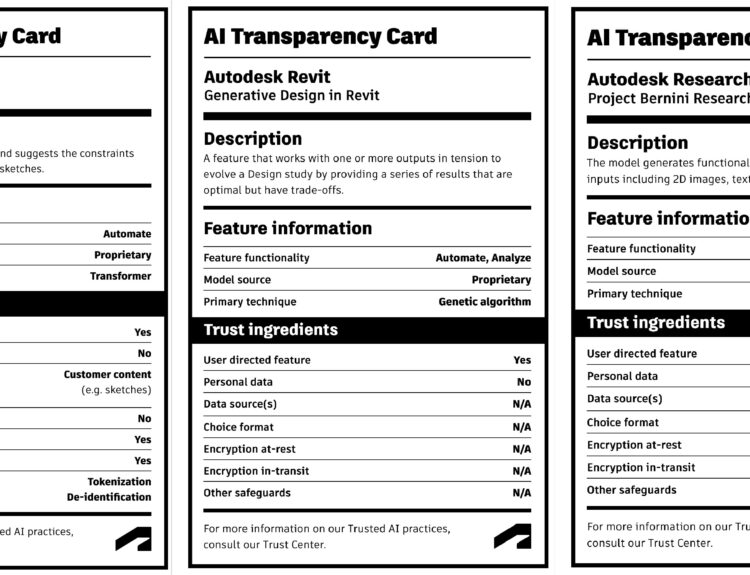Beta testing is a critical phase in the Agile development cycle, often misunderstood or undervalued. Agile methodologies prioritize flexibility, efficiency, and above all, delivering value to the customer. In this context, beta testing emerges as a vital bridge between development and real-world application.
In traditional software development, beta testing is often seen as a final step, a kind of 'last check' before release. However, in Agile development, beta testing takes on a more dynamic role. It's not just about bug hunting; it's about validating the product in real-world scenarios, ensuring it aligns with user expectations, and is flexible enough to adapt to changing needs.
Beta testing in Agile serves two primary purposes. First, it provides critical user feedback. This feedback is not just about finding faults or bugs, but about understanding how real users interact with the product. This is invaluable as it goes beyond the hypothetical user stories often used in the development phase.
Second, beta testing is about adaptability. Agile thrives on the principle of continuous improvement. By integrating beta testing feedback, teams can iterate on their product, refining and enhancing it in ways that align closely with user needs and market demands.
Integrating beta testing into Agile development requires a shift in mindset. It's about seeing beta testing not as a distinct phase, but as an integral part of the development cycle. This approach encourages a more holistic view of product development, where learning and adaptation are continuous, and user feedback is not just heard but actively sought and integrated.
By embracing beta testing within Agile frameworks, teams can build products that are not just functional but truly resonate with their users. Beta testing bridges the gap between theory and practice, ensuring that the end product is not just a technical success but a market success delivering value to customers.



